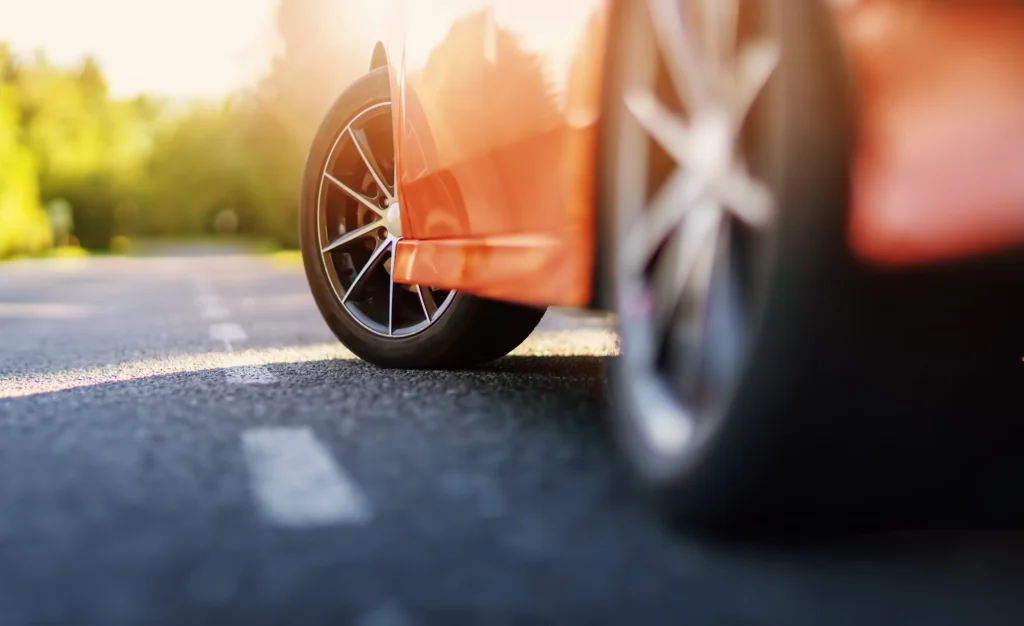The freedom to drive beside pavement is an important part of daily life, allowing us to travel and explore.
This convenience can also present challenges when driving on roads that may not be in the best condition. When the wheels come off the road, this is a common problem that many drivers face.
This article will explore the causes of such accidents, their potential hazards, and what actions you should take in order to recover safely.
The Causes for Wheels Coming Off Pavement
There are several factors that can cause a vehicle to leave the pavement. Distracted driving is one of the main causes when the driver’s attention slips from the road. Adverse weather conditions like rain, snow or ice can also reduce traction and make it easier for vehicles to go off course. Uneven surfaces and poor road maintenance can all play an important role in wheels slipping off pavement.
The Dangers of Off-Pavement Incidents
The dangers of a vehicle leaving the road are increased when the wheels do. The tires can lose traction when they come into contact with loose gravel or mud. It can cause the vehicle to slide or skid, which makes it difficult for the driver of the vehicle to get back on the road. The vehicle can roll in extreme situations, particularly if you overcorrect or the terrain is uneven.
Immediate Actions to Take
It is important to stay calm and to take action immediately to minimize any potential dangers. Avoid sudden movements and sharp turns, as they could worsen the situation. To avoid escalating the situation, you should gently release the brakes and keep a tight grip on your steering wheel.
Assess the Situation
Assess the situation carefully after gaining control. Be sure to check for oncoming traffic before attempting to reenter the road. Use your mirrors and be aware of any blind spots to ensure you have a full view. The terrain may allow you to slowly steer your vehicle onto the road.

Correcting Course with Precision
When correcting your car’s course, precision is essential. Turn the steering wheel slowly in the desired direction, making small adjustments as necessary. Avoid sudden maneuvers, as these can result in overcorrection, which could lead to another incident off the road or loss of control.
Utilizing Traction Aids
Consider using traction materials such as gravel or sand in situations where terrain is particularly difficult and wheels have difficulty gaining traction. These materials can be placed strategically before the wheels to increase grip. This will allow the vehicle to gain traction and make it easier to get back on the road.
Seeking Professional Assistance
It is best to contact a professional if, after all your efforts, you cannot recover your car or it feels unsafe. A towing company or an emergency service can offer the equipment and expertise needed to retrieve your car from an off-road position.
Prevention Strategies
Preventing such incidents is just as important as knowing what to do in these situations. Avoid distractions and stick to the speed limit. To ensure optimum performance, regularly inspect and maintain the tires and brakes of your vehicle. Be familiar with road conditions in new areas and adapt your driving style accordingly.
Conclusion
It can be unnerving to find yourself in a situation where your wheels are off the road. But with the correct knowledge and calmness, you will navigate these situations safely. Understanding the cause, recognizing the dangers, and taking precise and immediate actions will help you regain control of the situation and avoid potential accidents. Staying calm and concentrating behind the wheel will help you avoid any unexpected road challenges.
